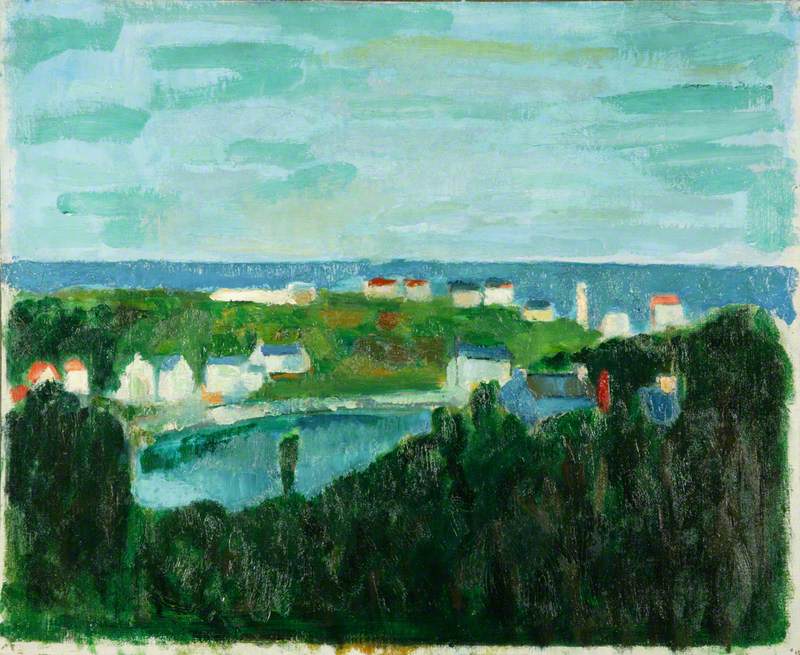
French painter, born at Clohars-Carnoët, Brittany, of a family of fishermen. He was originally called Pierre Jacob, but he adopted the name Tal-Coat in 1926. After working as a blacksmith's apprentice and a lawyer's clerk, he was briefly employed moulding and painting ceramics in a pottery factory, but he was self-taught as an artist. From 1924 to 1926 he did military service in Paris and then moved to Doëlan, near Pouldu. He returned to Paris in 1931 and became a member of the *Forces Nouvelles group. In 1936–9 he did a series of powerfully expressive Massacres, based on incidents in the Spanish Civil War. They have something in common with *Picasso's Guernica, and Tal-Coat was strongly influenced by him at this time. In the early 1940s, however, his work changed direction radically, as he developed the type of picture for which he is best known: starting from the impression of a natural scene he took this to the point of abstraction, suggesting the interplay of light and movement without specific representation.
Text source: A Dictionary of Modern and Contemporary Art (Oxford University Press)

